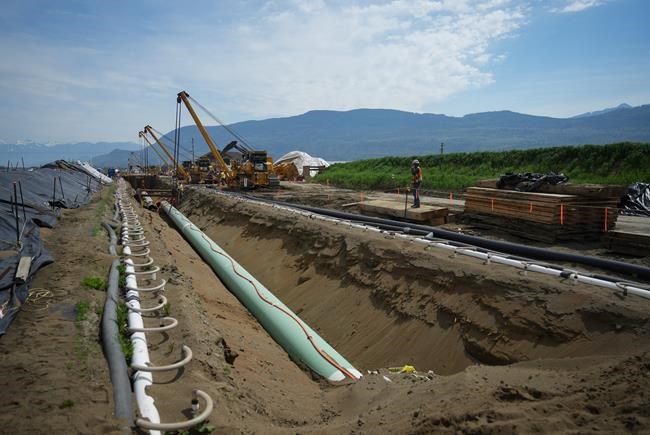An Overview of Shell and Tube Heat Exchangers and How They Work
Shell and tube heat exchangers are vital in many industrial processes, from power generation to chemical processing. They’re used to transfer heat from one medium to another efficiently and can operate under a wide range of temperatures and pressures. This blog will explain the basics of shell and tube heat exchangers and how they work. This way, you can make an informed decision for your industrial facility when shopping for top-quality used heat exchangers from retailers like Genemco. Keep reading to learn more about these essential pieces of equipment.
What is a shell and tube heat exchanger?

Shell and tube heat exchangers are among the most widely used types of heat exchangers. They are used in various industries, from oil and gas to food processing and chemical manufacturing. They transfer heat from one fluid to another through a series of metal tubes surrounded by an outer shell. Heat is transferred from the hot fluid, usually water or oil, which passes into the inner tubes. The colder fluid, typically ammonia refrigerant, then passes around these tubes within the shell before being discharged from the other end. This process creates a continuous cycle in which both fluids exchange heat energy until they reach their set temperatures.
The critical components of a shell and tube design include:
- Two heads for connecting pipes
- Baffles inside the shell to direct flow and increase turbulence
- A bundle consisting of multiple interconnected tubes
- Gaskets between each head or baffle plate assembly to ensure the leak-tight operation
- Support plates that provide structural integrity while allowing free circulation around all parts
- Tie rods used to hold together all components during thermal expansion and contraction cycles
The primary purpose of this type of heat exchanger is to efficiently control temperatures between two different media by exchanging thermal energy from one side to another. These devices use convection for efficient heat transfer between both sides, meaning that either fluids or gases can be moved throughout them without direct contact. Depending on what kind of application you need, they can also come insulated or uninsulated, depending on your requirements.
How do you design a shell and tube heat exchanger?

When it comes to designing a shell and tube heat exchanger, several design considerations must be taken into account. First, the type of material used in the construction of the unit must be considered. The materials should be chosen based on their ability to withstand temperatures and pressures associated with the application. In addition, corrosion resistance is an important factor when selecting materials for use in a shell and tube heat exchanger.
The size of the unit is another consideration when designing a shell and tube heat exchanger. The overall length needs to take into account not only space constraints but also flow rates required by your process or application, as well as budget restrictions if applicable. Additionally, other factors such as pressure drop through tubes or number of passes may need to be considered depending on what kind of performance you’re aiming for from your device.
Finally, it’s crucial to consider how many tubes will need to be included in your design; this number can vary greatly depending on size requirements and possible fouling issues due to certain fluids being passed through them during operation. Additionally, you should think about where each end header will go as this dictates which parts require welding together during assembly and installation. Proper planning can save time later down the line when putting everything together.
Shell and tube exchangers are essential to many industrial and commercial processes, providing efficient heat transfer and environmental protection. They’re cost-effective, reliable, and safe to use, making them one of the most popular heat exchangers. With their ability to transfer heat without direct contact between the two fluids, these heat exchangers have proven to be a valuable resource for many industries.




